Practical Advice and Safety Guidelines for Handling Styrofoam Blade
When it comes to working with styrofoam blades, whether you’re an experienced craftsman or a DIY enthusiast, safety should always be a top priority. Styrofoam, a brand name for expanded polystyrene foam (EPS), is a lightweight and versatile material commonly used in various projects. While it’s easy to work with, improper handling can lead to accidents. This article will provide practical advice and safety guidelines to ensure you can work with styrofoam blade safely and effectively.
Understanding Styrofoam
Before we delve into safety measures, let’s briefly understand what styrofoam is. Styrofoam is a type of plastic foam made from polystyrene. It’s popular for its insulation properties and ease of cutting and shaping. Styrofoam blades, also known as hot wire foam cutters, are commonly used to cut and shape this material for various applications, including model building, sculpting, and insulation installations.
Practical Advice for Working with Styrofoam Blades
Wear Appropriate Personal Protective Equipment (PPE)
Before you start working with styrofoam blades, make sure you have the following PPE:
Safety goggles: Protect your eyes from flying styrofoam particles, especially when cutting or sanding.
Dust mask: Prevent inhaling fine styrofoam particles that can irritate your respiratory system.
Gloves: Protect your hands from hot wire burns and maintain a firm grip on the material.
Use a Well-Ventilated Workspace
Styrofoam cutting can produce fumes and fine particles that are best avoided. Work in a well-ventilated area, or consider using an exhaust fan or air purifier to maintain air quality.
Choose the Right Styrofoam Blade
Select a styrofoam blade that suits your project. Blades come in different shapes and sizes, designed for various cutting techniques. Consult the blade’s manual or the manufacturer’s recommendations for guidance.
Inspect Your Equipment
Before each use, inspect your styrofoam blade and its components. Ensure that all parts are in good condition, including the wire or blade itself, the handle, and the power source. Do not use damaged equipment.
Maintain a Stable Work Surface
Ensure your work surface is stable and secure to prevent accidents while cutting. A wobbly or uneven surface can lead to slips and mishaps.
Handle the Styrofoam with Care
When handling the styrofoam material:
Hold it firmly but gently to avoid crushing or deforming it.
Keep your hands away from the cutting area when the blade is in operation.
If using a hot wire cutter, be cautious of the heated wire, and do not touch it while it’s hot.
Practice Safe Cutting Techniques
When cutting styrofoam:
Start with slow and steady movements, gradually increasing speed as you gain control.
Avoid excessive force; let the blade do the work.
Make sure the blade is perpendicular to the material for clean and precise cuts.
Do not cut towards your body; always cut away from yourself.
Store Your Equipment Properly
After use, store your styrofoam blade and related equipment in a safe and dry place. It not only prolongs their lifespan but also prevents accidents when they are not in use.
Safety Guidelines for Using Styrofoam Blades
Avoid Contact with Flames and High Temperatures
Styrofoam is highly flammable. Keep it away from open flames, hot surfaces, and high-temperature sources. Hotwire styrofoam cutters should be used with caution and stored properly to prevent accidents.
Keep Children and Pets Away
Styrofoam-cutting equipment should be kept out of reach of children and pets. The wire or blade can cause burns or injuries if mishandled.
Beware of Toxic Fumes
When styrofoam is heated, it can release toxic fumes. Ensure proper ventilation when working with hot wire cutters, and avoid breathing in the fumes. If you experience any discomfort, such as dizziness or nausea, stop immediately and seek fresh air.
Dispose of Styrofoam Waste Responsibly
Styrofoam is not biodegradable and can harm the environment if not disposed of properly. Check local regulations for styrofoam disposal guidelines or consider recycling options if available in your area.
Be Cautious with Electric Power
If you’re using an electric Australian blade, always follow the manufacturer’s instructions for connecting and disconnecting the power source. Unplug the equipment when not in use to prevent accidental activation.
Conclusion
Working with styrofoam blades can be a rewarding and creative experience, but it’s essential to prioritize safety throughout your projects. By following the practical advice and safety guidelines outlined in this article, you can minimize the risks associated with handling styrofoam and enjoy your crafting or construction projects with confidence. Remember that safety should always be your top concern when working with any tools and materials.
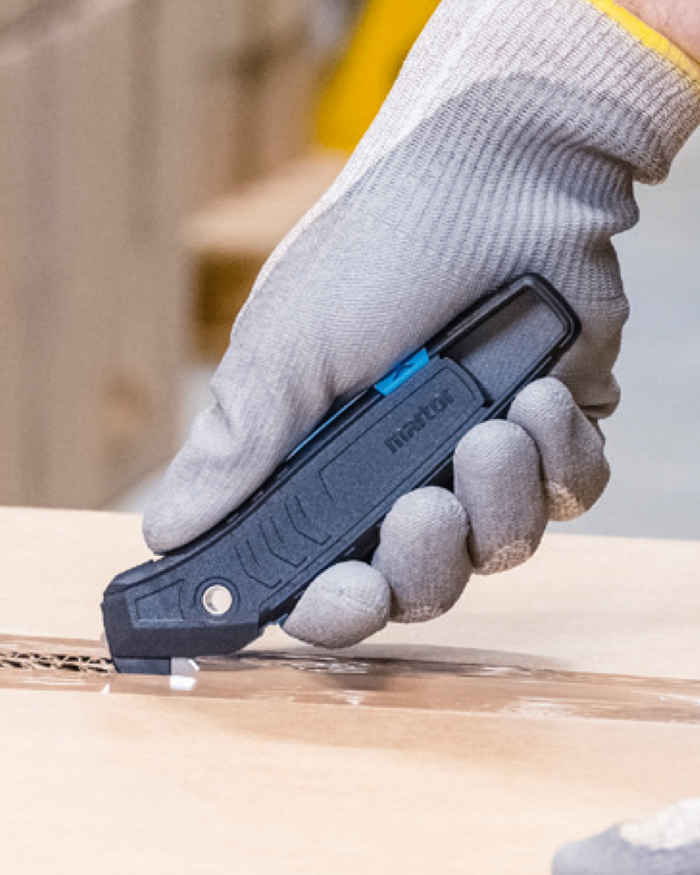

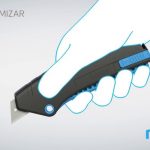





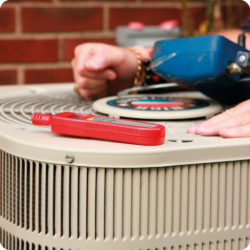

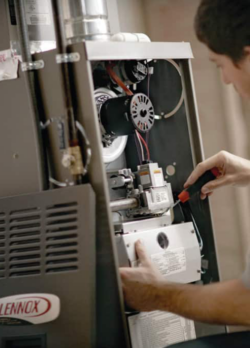

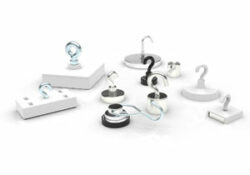
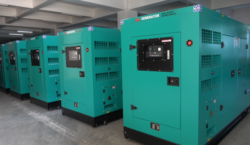


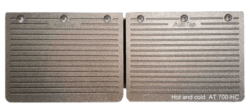
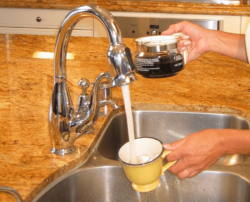

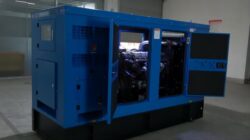
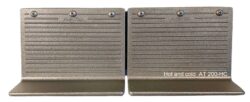
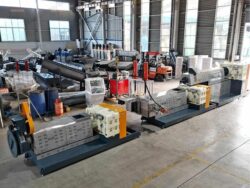
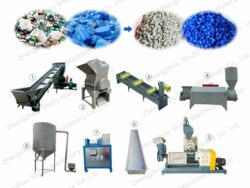
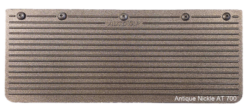


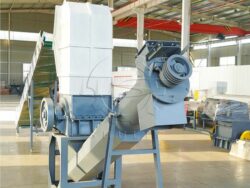


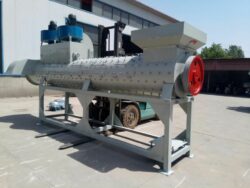
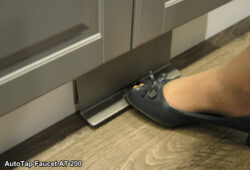
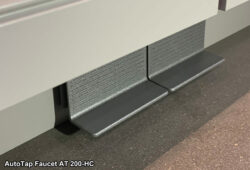
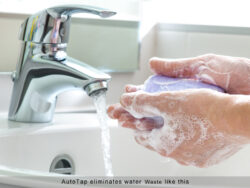
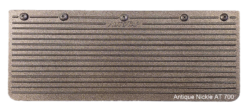
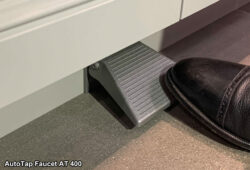

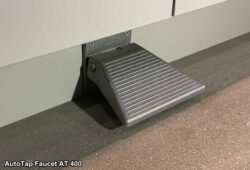
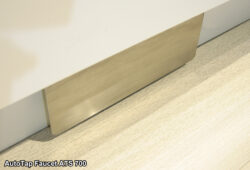
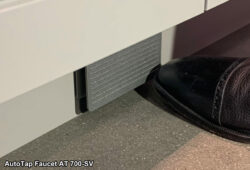
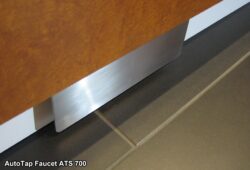











![CBD Care Gummies [Order Now] Official Website – Hurry Up!](https://salesale.sale/btabcloud/uploads/2024/01/facebookefaalphaxndultrareviews-17045699608c4lp-250x141.jpg)


